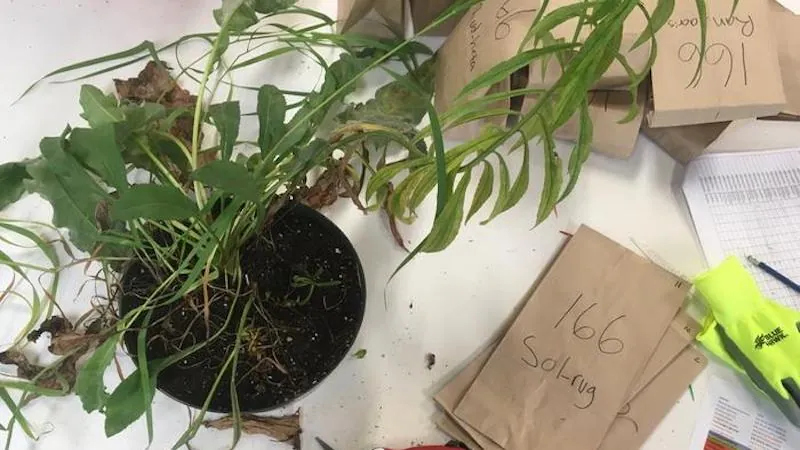
Climate Warming Revolutionizes Plant Communities: The Surprising Impact of Seed Germination Timing
2025-01-20
Author: Daniel
Introduction
As our planet continues to warm, understanding the effects on our ecosystems has never been more urgent. Climate change is not only causing seasonal shifts — evidenced by your daffodils blooming earlier — but it's also tweaking the intricate mechanisms of nature in ways we are just beginning to comprehend. Phenology, or the timing of natural events, is undergoing a significant transformation as rising temperatures influence various species and their interactions.
Impact on Seed Germination
A pivotal area of concern lies in the timing of seed germination and the emergence of seedlings each spring. This phenomenon can dramatically influence not just individual plant species, but entire communities. A groundbreaking study from Holden Forests & Gardens shines a light on how certain plant species are adapting their germination timelines in response to warmer spring weather, gaining an upper hand over their less adaptable counterparts. Ultimately, these changes in germination timing could lead to a complete overhaul of plant communities and the ecosystems that rely on them.
Research Findings
In an article published in the journal Ecology, the research team delves into how the heightened temperatures are altering the sequence in which plant species establish themselves, with profound implications for their growth and survival. Emma Dawson-Glass, a research specialist who spearheaded the study before moving on to pursue her doctorate at the University of Michigan, provides critical insights into these findings.
Experimental Design
The team created controlled experiments simulating current climate conditions and those projected for the future with an increase of +3°C. By observing 15 prevalent species from old-field ecosystems, they discovered a clear trend: species that thrived in warmer conditions frequently emerged earlier, allowing them to dominate the landscape and disrupting the balance among species.
Species-Specific Responses
Interestingly, the response to warming varied significantly between species. For example, plants like curly dock, wrinkleleaf goldenrod, and tall ironweed thrived and produced more biomass when they established themselves in the warmed conditions. In contrast, species such as spotted St. John’s wort and bristly buttercup fared better under ambient conditions. This variation indicates that each species responds uniquely to temperature changes, highlighting the complexity of ecosystem dynamics.
Conclusions and Implications
This work illustrates that warming can change the order of species arrivals, ultimately reshaping community composition,” states Dawson-Glass. These findings underscore critical considerations for conservation and management practices in an era of climate unpredictability.
Moreover, this study emphasizes the significance of understanding phenological sensitivity — how adaptable plant species are to changes in their seasonal environment. Our results provide a new perspective on how climate change is already shaping ecosystems in ways we’re only beginning to grasp,” adds colleague Dr. Stuble. The research serves as a clarion call for ecologists and land managers to factor in germination timing when planning for future changes in plant communities.
Call to Action
Holden Forests & Gardens is committed to deepening our ecological understanding of how climate change continues to impact native ecosystems. The urgency to adapt our conservation strategies has never been clearer in light of these findings. As the seeds of tomorrow germinate, how will our planet’s plant communities evolve in response to the warming challenge? Discover the vital lessons we must learn before it's too late!


 Brasil (PT)
Brasil (PT)
 Canada (EN)
Canada (EN)
 Chile (ES)
Chile (ES)
 Česko (CS)
Česko (CS)
 대한민국 (KO)
대한민국 (KO)
 España (ES)
España (ES)
 France (FR)
France (FR)
 Hong Kong (EN)
Hong Kong (EN)
 Italia (IT)
Italia (IT)
 日本 (JA)
日本 (JA)
 Magyarország (HU)
Magyarország (HU)
 Norge (NO)
Norge (NO)
 Polska (PL)
Polska (PL)
 Schweiz (DE)
Schweiz (DE)
 Singapore (EN)
Singapore (EN)
 Sverige (SV)
Sverige (SV)
 Suomi (FI)
Suomi (FI)
 Türkiye (TR)
Türkiye (TR)
 الإمارات العربية المتحدة (AR)
الإمارات العربية المتحدة (AR)